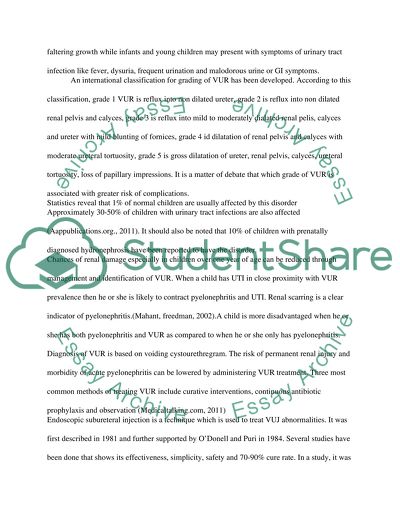Cite this document
(“The incidence of recurrent UTI in children with grade II - III VUR Essay”, n.d.)
Retrieved de https://studentshare.org/health-sciences-medicine/1392597-the-incidence-of-recurrent-uti-in-children-with
Retrieved de https://studentshare.org/health-sciences-medicine/1392597-the-incidence-of-recurrent-uti-in-children-with
(The Incidence of Recurrent UTI in Children With Grade II - III VUR Essay)
https://studentshare.org/health-sciences-medicine/1392597-the-incidence-of-recurrent-uti-in-children-with.
https://studentshare.org/health-sciences-medicine/1392597-the-incidence-of-recurrent-uti-in-children-with.
“The Incidence of Recurrent UTI in Children With Grade II - III VUR Essay”, n.d. https://studentshare.org/health-sciences-medicine/1392597-the-incidence-of-recurrent-uti-in-children-with.


